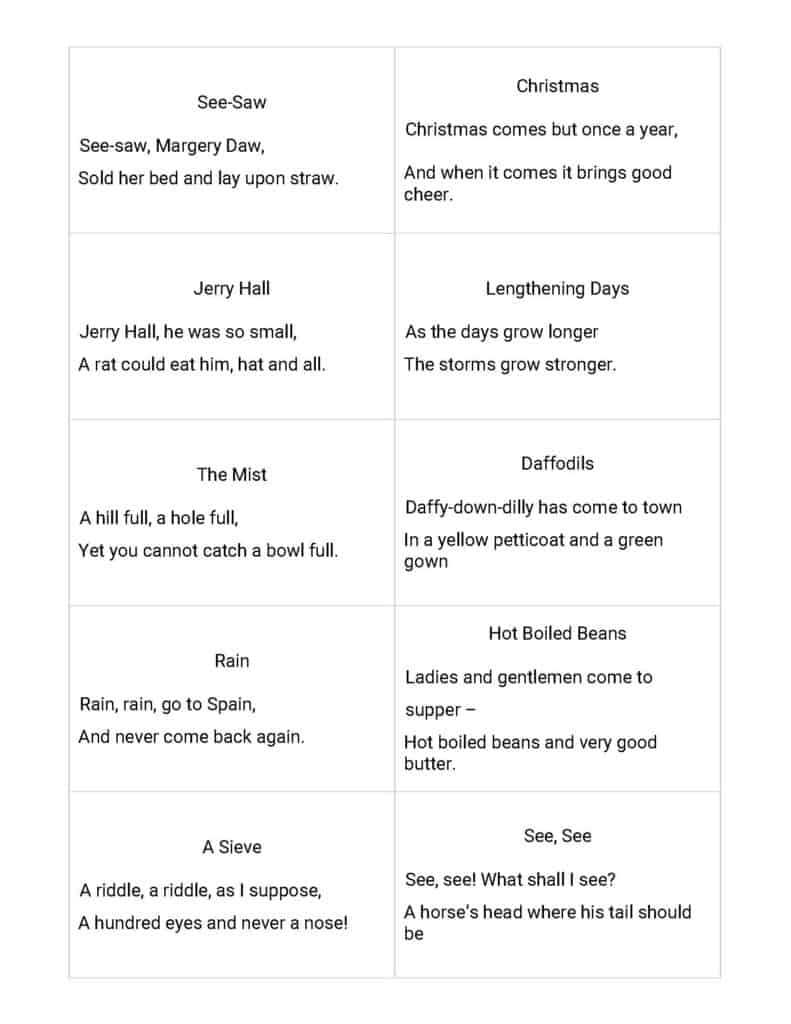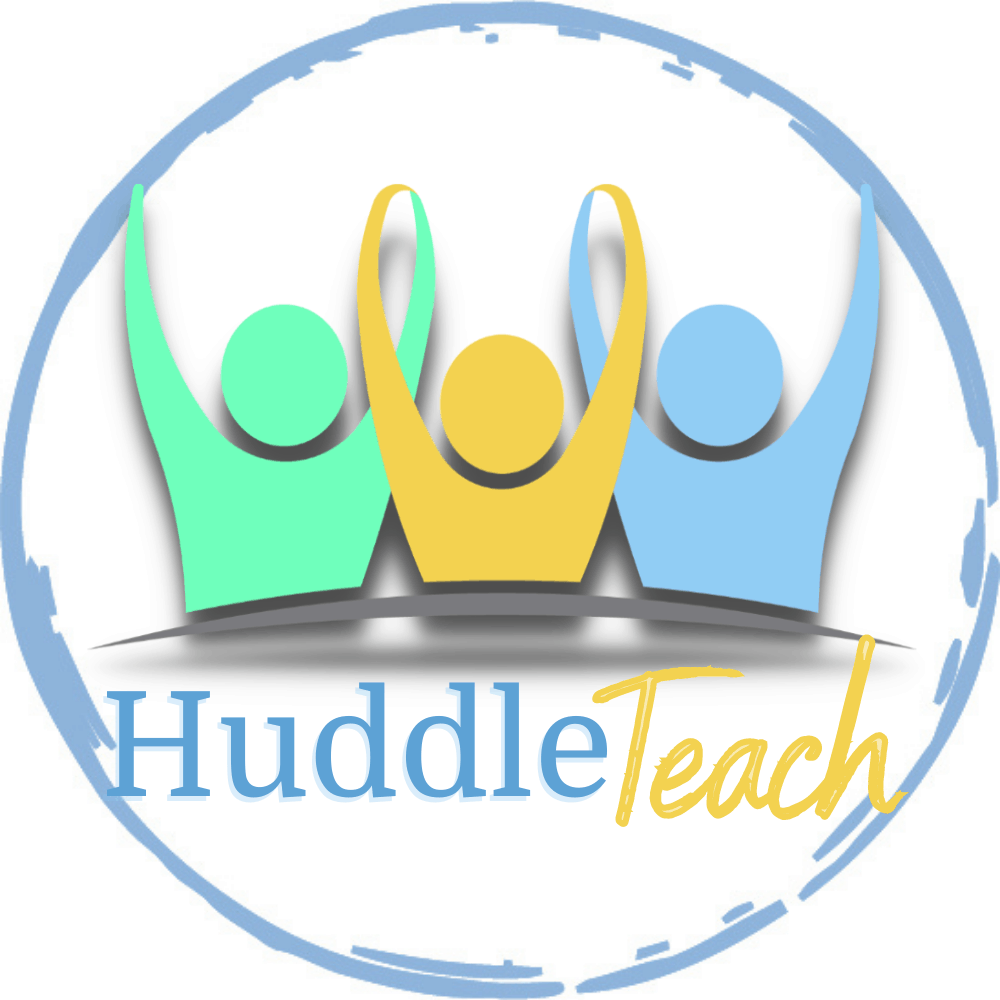Reading and writing poetry is essential for our struggling readers. It may be a “forgotten genre” in the academic standards, but its use in literacy has incredible benefits for our striving students. In reading, fluency and comprehension are the benefactors of its use, and in writing, organization and communication benefit. Here are some ways to promote its use with your students!

Reading poetry
Poetry can be an intimidating genre to the best adolescent readers, so imagine its effect on struggling readers. That doesn’t mean that we avoid it, however. It simply means we must start with small bites to build skills and confidence.
“Don’t underestimate striving readers’ capacity to read, write, ponder, and savor poems with enduring literary richness.”
Stephanie Harvey & Annie Ward, From Striving to Thriving
Start with the shortest of rhymes
When you first mention nursery rhymes to older students, you may get a quick eye roll, but the minute they see the difficulty of these short verses, their opinion changes.
- To use nursery rhymes as poetry reading introductions, partner students, then give each group a couplet to practice together. If necessary, have them mark phrases with /, as in phrase-cued reading. Discuss how the title of each relates to the two lines, also. Practice them until students can read them in front of other groups or the class.
- When students are ready, distribute copies of the longer nursery rhymes. Have them practice with partners until they have achieved fluency. They may need to mark these with / marks, too, to help with phrasing.
- Once students are able to read these poems well, have them choose a poem to practice. Use such resources as the Poetry for Young People series or the Poetry Foundation website. (Be sure to preview this site before using it with students.)


Download a set of couplets (formatted to fit on tear-apart business cards for fast creation) and longer nursery rhymes from our Freebie Library. (Subscribe to our weekly email for the current password.)
Why writing poetry matters for struggling readers
When content area information is used to create poems, it becomes a path to learning. According to Sara Holbrook in Practical Poetry (2005), writing poetry –
- jogs the memory – Poetry is a practical route to learning and remembering.
- demands keen observation – Poetry is an eye opener.
- requires precise language – Poetry asks the important questions and forces us to define ourselves in concrete visual terms.
- stimulates good communication skills – Poetry encourages writers to be precise and concise.
- encourage good organizational skills – Poetry forces a jumble of ideas into order.
- encourage reading fluency – Poems want to be read again and again.
- helps us learn about ourselves and our world – Poetry helps bring the world into focus, helps us understand, express, and seeks a solution.
- is powerful language, whether written, spoken, or read – Poetry helps us find our voice.
Rap it up!
One of our most successful spur-of-the-moment activities was born from a classroom of middle school boys with great senses of humor!
After a discussion about song lyrics being poems, they begged to write their own rap. The one guideline given to them: the raps had to focus on one vowel. What ensued was a set of the absolute best lyrics next to Dr. Seuss!
The boys wrote a set of five – one for each of the vowels – then performed them for our small class. It was an amazing application of so many skills!
If you’d like to do this in a more planned, rigorous way, check out this post from HMH! If you’re not interested in the raps, check out the How to Write a Poem activity on that page!
Short and sweet
Just like nursery rhymes provide small bites practice, so do two-word poems. They can even be used to review content-area information!
Take a look at this video from Methow Arts to see if it would work with your students, then download the planning / writing pages from our Freebie Library, accessible with the current password (found in Thursday emails).
The HuddleTeach materials reflect the idea presented in the video (explaining a topic), but it also includes a version with central idea. The central idea version also focuses on nouns and verbs in the list of two-word phrases. There are step-by-step instructions in the download and support materials!
Write Couplets!
If your students are ready for more, be sure to check out the couplet writing activity! Although it was originally created for 2/22/22, it is a great lesson for any day!
Share your students’ poems with @HuddleTeach on social media channels!

